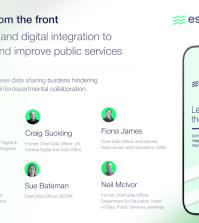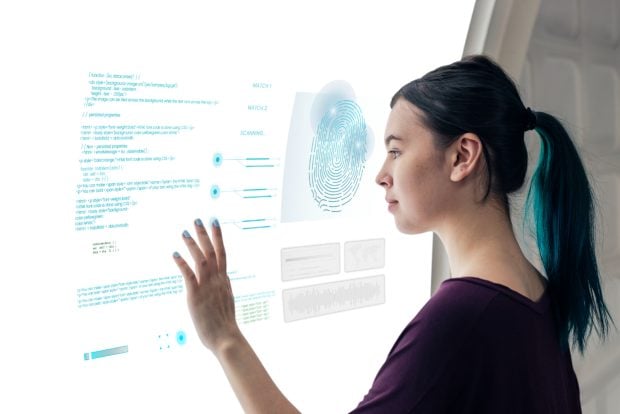Profile of a public health problem solver

How often do you get to hear heroes tell the story about their feats? Some superheroes wear capes. Others bring data as their superpower.
I was so inspired by the story told by Dana Bernson in SAS’s recent Health Pulse podcast. Her and her team’s work at the Massachusetts Department of Public Health shows the power of big data, data linkage, complex data analytics, and data visualisation techniques to guide public health planning and policy; leveraging ‘social determinants of health’ to see the whole person; and extending the power of partnerships to generate insight to save lives.
The SAS Health Pulse podcast series continues its journey with episode 10 focusing on the myriad of public health problems that can be solved with big data and complex data analytics.
Dana is the director of special analytic projects at the Massachusetts Department of Public Health (DPH). She has a Master’s in public health and epidemiology and a B.A. in political science from Boston University. Her background and tenure at the DPH is noted through her extensive work leveraging policies like Chapter 55 to improve the public’s health.
Linking big data and applying complex analytics
Early in the podcast, host Greg Horne uncovers a policy mechanism that has allowed the DPH to link previously disparate data sources. In 2017, the Massachusetts legislature passed Chapter 55, which enabled multiple government agencies to share data to comprehensively address the rising opioid epidemic. With Chapter 55, the DPH realised they could connect the data to get closer to understanding the whole person and not just the reported case.
Throughout the podcast, Dana emphasises that data can tell a story that saves lives. With all the competing data sets, sometimes it is hard to see the picture in the puzzle. It is most important to understand the context within the lens of a whole person instead of a data point. The best way to do this is to link as much data together at an individual level as possible to get to the whole person.
One of the treasures of Chapter 55 is the public health data warehouse, or the PHD, that provides access to timely linked multi-year data, to enable analysis of public health priorities and trends. It is nimble enough that the data system can be used to look at many different public health priority areas. It is now linked to more than two dozen data sets at the individual level and includes about a dozen data sets that are at a zip code or city/town level.
Social determinants bring us closer to the whole person
The DPH successfully linked data across the state agencies at the patient level to give them deeper insights into each case by leveraging social determinants. With these new insights, they were able to address broader public health concerns such as:
- How does getting closer to the whole person help us protect the public’s health?
- What more can social determinants tell us about individuals and populations?
- Are underserved communities gaining fair access to adequate care?
- Can we quantify risk appropriately and do something about it?
- How can we tackle the mountain of information and data at our disposal?
These are just some of the questions Dana addresses in this captivating episode to inspire interventions that we can all relate to and support.
Applying a social determinants of health and racial equity lens will be the ticket to identifying and quantifying gaps that were previously only legends. Social justice isn’t only monolithic.
Power of partnerships
It is no surprise to public health employees that our public and private sectors struggled with data and analytics, in particular governments. Governments seem to be underprepared with effective technology infrastructure and resources to support the real time data and analytics needs. The question then is how do we overcome this? Massachusetts DPH developed a unique public-private partnership model. In state government, a ‘notice of opportunity’ is a mechanism to solicit proposals from external groups to partner with them and answer the questions that are prioritised.
The state receives advanced analytic capacity with this partnership and is able to execute significantly more projects at one time than could have been done alone. These partnerships drive data to action.
Dana ends this inspiring podcast exploring the future of public health and how leveraging more holistic data can assist to identify disparities and opportunities for improving the public’s health. Through more partnerships, enhanced data linkages and trends analysis, the hope is that more policies and programmes can be evaluated for efficacy with these data, more gaps can be uncovered and addressed with analytics, and more actionable insights can be generated.
If I have piqued your curiosity about the power of data linkage and the opportunity to modernise public health analytic infrastructure, please join me in listening to this short 20 minute podcast.
The Health Pulse, part of the SAS Analytics Exchange podcast series, explores fresh perspectives on digital transformation in health care and life sciences. Subscribe to the entire series, which will launch new episodes bi-weekly, wherever you get your podcasts. Have an idea for a topic or guest speaker? Email the series producers at [email protected].
Author
Sherrine Eid, global lead real-world evidence and epidemiology at SAS.

















